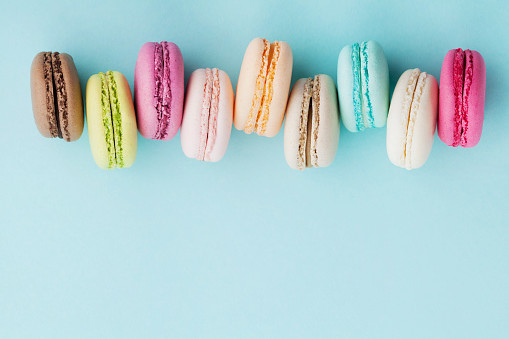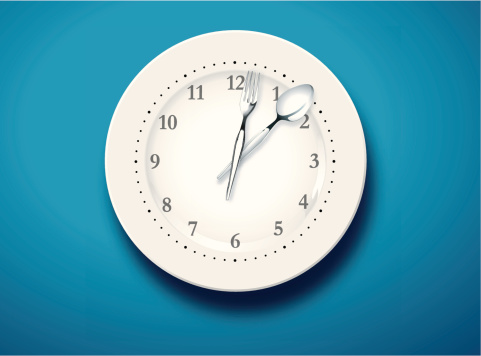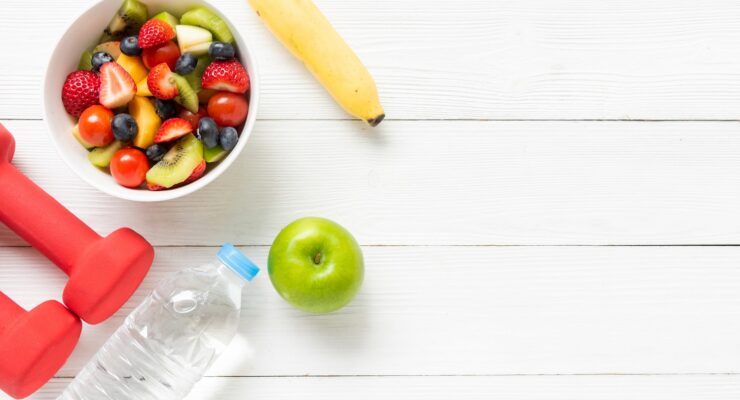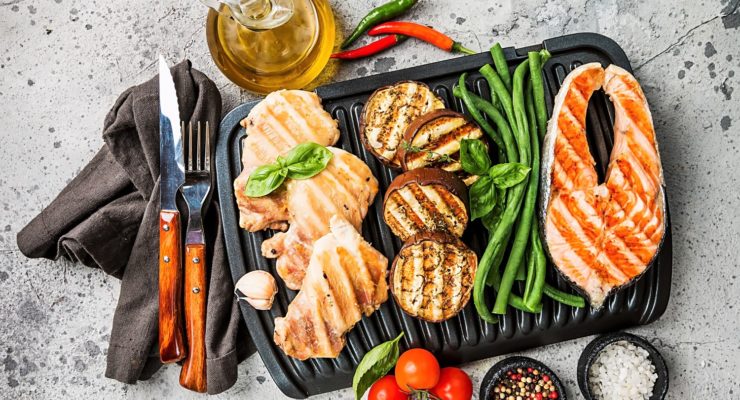The Science Behind the Sugar Crash & How to Avoid It
Article posted in: Lifestyle
You polish off a short stack of pancakes and are somehow starving a little while later. Or maybe you’re wired after indulging in a doughnut during a meeting, but feel ready for a nap before it’s even over.
It’s not weird, and here’s why: The kind of simple sugars found in those white-flour, syrup-drenched pancakes or chocolate-sprinkled pastries are quickly and easily absorbed by your body, which causes blood sugar levels to spike, then plunge.
When blood sugar drops, so do energy levels; plus, it signals a need for more fuel, which is why you’re soon hankering for more food, and specifically craving sugar for another jolt of energy. For some people, other symptoms may include headaches or anxiety.
Some strategies to help stop the cycle, and keep your blood sugar steady:
1. Switch to whole grain bread.
And whole-wheat pasta and brown rice and whatever other white-flour food you can replace. They contain more filling fiber, vitamins and minerals; they are also a good source of complex carbohydrates—the type that takes longer to digest, which means they have less of an immediate impact on blood sugar, causing it to rise more slowly. Refined grains—found in white bread, white rice and cookies, for example—have been stripped of their fiber during processing, which leads to that quick rise and fall of blood sugar.
2. Watch for added sugars.
On the nutrition label, it may not actually say sugar but it could say evaporated cane juice, corn syrup, high-fructose corn syrup, maple syrup or dextrose—which are all essentially the same thing. While the Nutrisystem menu provides nutritionally balanced options that help you control this sugar content, not all manufacturers do. You expect to see sugars in soda and juices, frosted cereals, flavored yogurt, candy and cakes, but they may also be added to foods you don’t suspect: Instant oatmeal, granola bars, pasta sauce, even whole grain cereals. Dressings and condiments also tend to sugar-heavy: One tablespoon of ketchup contains almost one teaspoon of sugar. Scan labels to help you choose the healthiest options and cook from scratch when you can (so you’re in charge of the ingredients).
3. Don’t wait too long between meals.
Four hours or so is about right; if it’s going to be a lot longer, have a healthy snack in between—like carrot sticks and hummus or a piece of cheese and apple slices. Make sure your meals and snacks are a balanced mix of whole grains, fruits and vegetables, dairy and lean protein; and stick to proper portions. If you’re on the go, take something small with you. Nutrisystem breakfasts, snacks and shakes are easy to travel with, so you can just grab and go.
4. Save sweets for after a meal.
If you really can’t live without that small piece of pie or cookie you helped your kids bake, have it—but not on an empty stomach. If your belly is full with fiber, protein or healthy fats, it could help slow the release of sugar into your bloodstream, and prevent a sugar crash.









